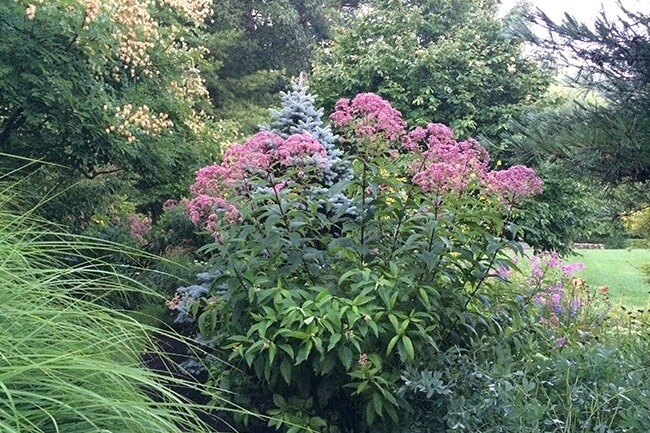Everyone loves beautiful landscaping, but few people love taking care of it. We can help you achieve the landscape of your dreams without requiring any maintenance if you are a homeowner who lusts after a beautiful design.
Let’s decode the meaning of “low maintenance”.
People are not aware that “low maintenance” doesn’t necessarily mean “no maintenance.” However, with some planning and insight, it is possible to minimize maintenance.
Nature is a simple and unchanging fact. It hates vacuums. Nature loves to fill empty spaces with plants. Any homeowner who is completely hands-off will see their property filled with the plants that they like. This is what ecologists refer to as “succession”, which is a term used to describe the gradual process of plant growth and establishment over time. In an unspoiled meadow, shrubs and weedy plants will be the first to grow. They are followed by evergreens and softwoods, which eventually become hardwoods. Over time, the meadow becomes mature forest, which is known as a “climax community”.
This is a continuous process that happens all the time. However, it becomes more obvious if you stop mowing. Main purpose of maintaining your landscape is to slow down succession. This is essentially slowing down a natural process.
You can consider your property, with any level of maintenance it receives, a “managed environmental.” This means that you have created an ecological community within a small area and are now responsible for the expansion and growth of the community. It makes you sound quite powerful, doesn’t it?
You may want to have a large lawn, or a garden with beds for growing a variety plants, shrubs and flowers. Hedges can be used to provide privacy, as well as large trees to shade you. This type of controlled planting has the unspoken intent of preventing unwanted or undesirable vegetation from invading and taking over your property.
Here’s how to keep your landscape low-maintenance: The more stable your landscape is, the less you have to maintain it. You’ll need to maintain your landscape more if there is a lot of early growth, such as grasses and flowers. Balanced understory growth and mature trees will require less maintenance. You want to slow natural succession and create health and balance to ensure that your land doesn’t become overrun by the next generation.
What is low maintenance?
Low maintenance is not only about the person who does the maintenance, but also about the landscape and how much work it takes to maintain it. All maintenance is relative.
Let’s begin with how you view maintenance. If you are a keen gardener and enjoy spending time in the yard, your ideal of low maintenance will scare people who don’t want to do any work or spend much time with plants.
To determine the amount of work required to maintain a specific landscape design, ask yourself these questions:
- What is “low maintenance”?
- What is the best way to quantify this in hours?
- Do I need to list the tasks that I consider low-maintenance?
- What can I do on a regular basis that I will gladly and willingly do?
- What will I never do again?
- How can I create a low-maintenance landscape?
It’s not difficult to maintain a low-maintenance garden. In fact, it is advisable. It doesn’t necessarily mean it’s easy, as it is not. It doesn’t necessarily mean it’s simple, as there is a lot of work involved. The concepts are straightforward, simple, and straight forward. These concepts are simple and require time. You must commit to them.
These are the steps that will help you achieve a low-maintenance landscape.
1. Before you make any changes, be sure to fully understand your current conditions
You should conduct a site survey to document soils, existing vegetation, structural elements, exposures, and other details.
2. Plan and design your landscape changes to be in harmony with the existing conditions and the environment.
If this is not possible, you can take steps to improve your existing conditions in order to support your landscape plan. You should avoid complete, aggressive overhauls as they will require a lot of maintenance.
3. Use best landscape and environmental practices to install your new landscape, or remodel the one you already have.
This means paying attention to your soil, root system, and other details. It also includes purchasing high-quality plants and materials to help you achieve your project goals.
4. Make a plan before you grab a shovel. This will help you to support your new landscape during the acclimation period and establishment.
When first installed, all altered landscape areas will be in shock. Best practices will help to ensure that shock levels are low. To ensure that your low-maintenance design is actually established, you should create an 18-month-to-3-year support plan.

